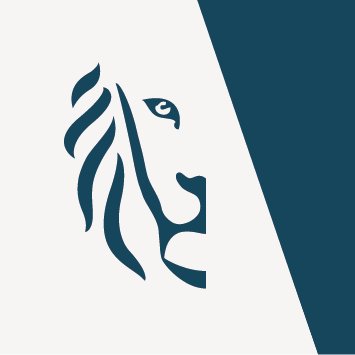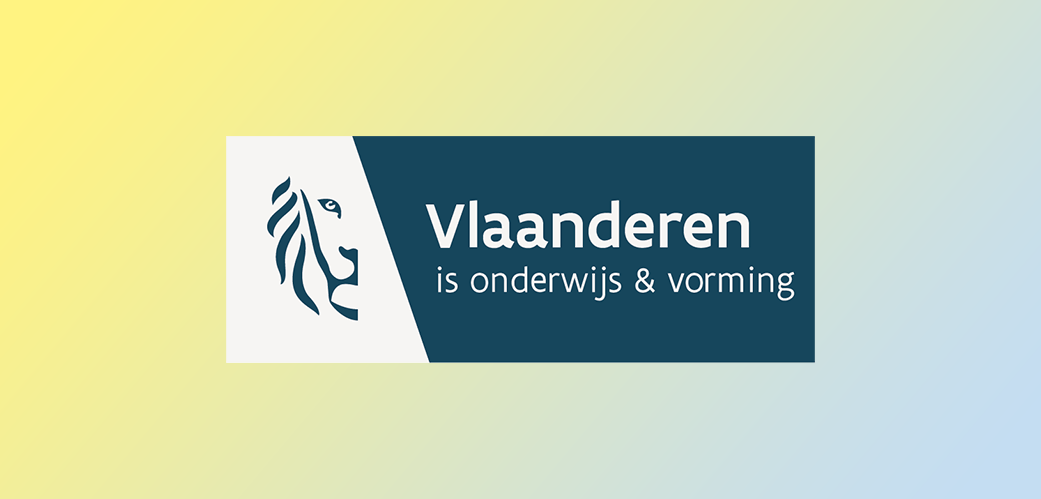
The Flemish Ministry of Education and Training (O&V from here on), part of the Flemish Government, is the umbrella term for the entities that form the Flemish education administration. They communicate with many different parties (e.g. citizens, schools, software providers, other government institutions…) who consult and use their information or, in turn, disseminate it to end consumers. Previously, the distribution of this information happened the classic way using SOAP webservices.
The Flemish Government consists of many different departments, like O&V, which in turn consist of several entities (e.g. inspection, infrastructure) with their own autonomy and identity. However, the outside world has a clearly defined need for information. For them it does not really matter from which entity or department the information comes.
O&V aimed to work out a solution where the entities are able to preserve their individuality internally, but act unified externally to strengthen their customer-oriented attitude towards the outside world. Above all, they intended to align themselves with the open data principles of the Flemish Government, where open data is positioned as the norm. Both factors led them to the decision to look at the possibilities of API Management where REST APIs are the preferred way of transferring information.
APPROACH: API MANAGEMENT PROGRAMME PILLARS
Our API management approach consists of 6 pillars, which are further discussed below in relation to our process at O&V.
Business Strategy and Governance
We started by organising workshops to map out the organisational model of O&V and to determine how APIs fit in. Next, we defined the API management strategy, keeping in mind the need for individuality and cooperation between the entities. By defining an API strategy at the very beginning of the process, we were able to ensure that decisions made during the programme bring added value to both business and IT in realizing the overall business objectives.
In addition to that, the governance (API framework), reference architecture (API programme structure) and API standards were defined during this first step. These steps ensure that all processes and documentation are in place to realise the strategic goals of the programme. This way, API quality raises and alignment with business goals can be ensured.
Selection of the API Platform
An API portal and platform were deemed essential to the success of the programme. An API portal serves as a platform for providers to publish and promote their APIs towards consumers. We guided O&V in their search for the right platform and the final set-up.
After taking into consideration the requirements of O&V, the Apigee platform (on premise) was retained, as they already had it set up and it was fit for purpose. For the API portal the cloud version of the Apigee portal was selected as the best fit. Together and with feedback of O&V, we implemented and customized the portal. Pilot APIs were developed in parallel, enabling O&V to put them on the platform when they pass quality checks. In doing so, a new API manager was trained to participate in the monitoring of the APIs.
“That’s how we make ourselves replaceable” according to Matthias – managing partner and integration architect at Archers – “we bring our customers to a certain level of maturity, after which they are able to continue the process independently. At this point, we take on the role of sounding board.”
“This way, we have the right knowledge and expertise in-house to run the API programme autonomously when the project is completed”, complements Ivan Segers, IT Director at O&V.
Determination of organisational roles
Once the strategy was defined, the roles in the organisation were examined in light of the API management initiative. Together with O&V we determined individual responsibilities, examined several organisational models and discussed how development teams should re-organize themselves.
As a result, we worked out a tailored organisational model including our advice on required additional roles and capabilities in the organisation to make the API initiative a sustainable success story.
Design and realization
In order to support the rollout of the initiative, we looked at the different entities and teams and determined which APIs needed to be developed. It was our task to provide support in the technical development of the APIs and the drafting of pilot APIs while monitoring the consistency of the APIs. By drafting pilot APIs, we were able to deliver standardized APIs. When standardized APIs are used, development teams are given a base and guidelines to start from, which results in faster delivery.
We also paid special attention to the security of the APIs. API security is an overarching term referring to practices and products that prevent malicious attacks on, or misuse of your APIs. To work out a tailor-made API security approach for O&V, we entered into a dialogue with the security manager. Together we examined which APIs should be exposed to whom, so that the right information is presented to the right audience. This way, we ensure that sensitive data is only visible to whom it is intended.
Marketing and evangelization
Finally, we worked on a conceptual framework together with the API programme manager to make sure everybody in the organisation had the same understanding when talking about APIs. As a lot of effort was put in the definition of the strategy, O&V had a clear story to tell all technical stakeholders. A very important step for O&V, as real organisational change can only occur when the necessary resources to get the message out there are provided.
“Everybody was very enthusiastic about the new API initiative, so the internal evangelization went very smoothly.”

Ivan Segers
IT Director
REALISATIONS
Today, O&V is able to offer information to the outside world in an integrated way. Where in the past, information had to be requested from different entities, this can now be done as a unit.
Several APIs were set-up on the API portal and many demos were given internally. A tailor-made manual was provided on how to set-up and manage the APIs on the platform. All entities have their own roadmap, composed of APIs that can be reused and opened up to partners. Finally, a support model was developed to define responsibilities when errors occur, taking into account the different entities using the platform. In addition, we paid attention to internal change management principles to introduce the new culture to the employees step by step.
Now that the building bricks are present, O&V is ready to further shape the platform!
“We have seen a lot of positive changes since the start of the API management programme. In the past, when we requested information about schools for example, we had to get in touch with the right parties before they could upload their documents on the server. Now, the necessary information can simply be gathered through the portal”, according to Ivan.
FUTURE PLANS
In the future, O&V plans to continue working on the creation of partner APIs and open data initiatives. For example, an API to facilitate the cooperation with schools and their software suppliers has already been created. As a result, all information concerning schools in Flanders is now publicly available for local authorities thanks to open data APIs. Other future APIs will be focusing on:
– Adult and higher education
– Teachers
– Professional qualifications and educational goals …
“This project came with many interesting challenges”, according to Matthias, “It was our task to ensure that all entities were able to retain their individuality, while being able to present themselves as a united department of education & training. It’s great to see how the API portal and platform were able to make this possible.
COOPERATION O&V & ARCHERS
“From O&V, we experienced a very positive collaboration with Archers. They listened very carefully to the needs of our organisation and the context in which we find ourselves. There are many other parties that have a standard model and apply it everywhere, but Archers is very flexible, always operating with our needs and context in mind”, according to Ivan.
“We strongly recognize the importance of open data in order to achieve better decision making, improved policy evaluations and the use of a single channel for citizens. We are taking major steps with the government in the field of digital transformation and API Management seamlessly connects to this. This enables us to make data easily available in an accessible way from the education field”, Ivan concludes.
Convinced of the benefits API Management can offer your organisation? Let’s talk!
Dive into
Out services

1.
First steps:
Connectivity architecture
& roadmap
API’s provide the entrance gate to your IT application landscape. API Management defines the processes and platform to govern, secure and monitor those API’s. Archers has a proven approach to introduce API Management within your organization. We setup and execute an API program that comprises all activities to make the necessary changes in your enterprise on the level of strategy, governance, platform, organization, design & realization and marketing & evangelization.
API Management
Through the Archers Connectivity and API Program, we tailor an approach based on a client’s business drivers and goals, define roles and responsibilities.
Event driven architecture (EDA)
We assist clients in establishing a reference architecture and best practices to ensure quality service delivery, all structured within the Archers Connectivity Program.
Applied observability
Our Applied Observability approach, guided by the Archers Connectivity Program, helps organizations preemptively tackle issues before they impact stakeholders.
ALWAYS LOOKING FORWARD TO CONNECTING WITH YOU!
We’ll be happy to get to know you.






